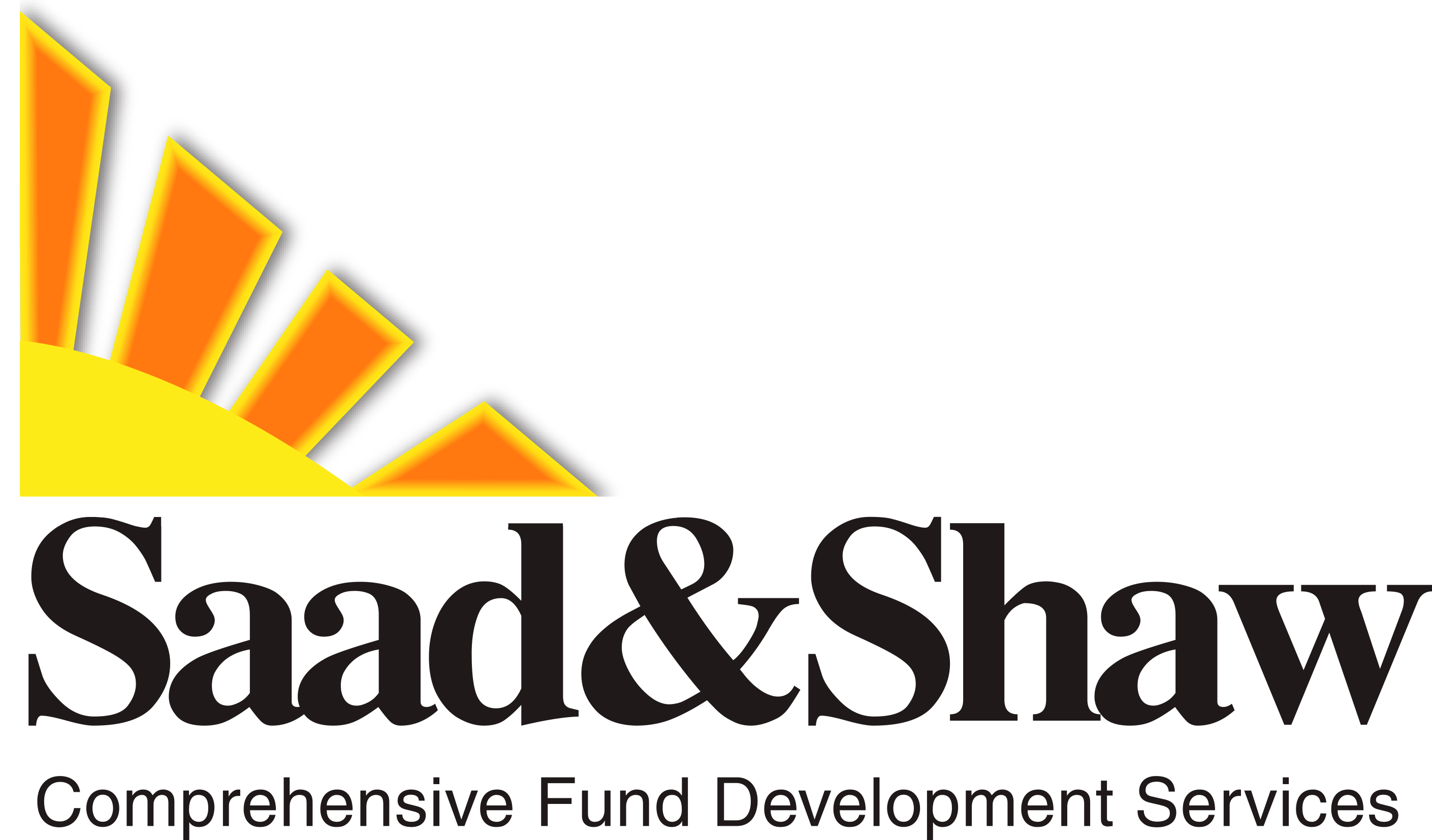 So often we are asked “how do I find people who want to support our organization?” There are many answers to the question. One way is to engage in donor research. To cut through the mystery around “donor research” we talked with Kevin Burns recently and asked him some questions on your behalf. Kevin is an experienced researcher who has worked in higher education and health care for over eight years.
So often we are asked “how do I find people who want to support our organization?” There are many answers to the question. One way is to engage in donor research. To cut through the mystery around “donor research” we talked with Kevin Burns recently and asked him some questions on your behalf. Kevin is an experienced researcher who has worked in higher education and health care for over eight years.
Saad & Shaw: Why should an organization or institution consider donor research?
Kevin Burns: There are three main reasons. The first is to gain basic information about your current and prospective donors. This can include publicly available information such as privately held company information, memberships on other nonprofit boards, and contributions to political candidates. A researcher can also help identify new prospective donors. Finally, the work of a researcher can help your team focus and prioritize their efforts so they focus their time and energy on those individuals or businesses with the greatest interest in your organization coupled with the financial capacity to make a meaningful gift.
Saad & Shaw: Where and how do you look for information?
Kevin Burns: Prospect researchers use a variety of tools, primarily databases, to locate, cross reference and verify publicly available information. All of the information gathered is publicly available information. Prospect researchers do not use private information sources such as credit agency information or private investigation. Researchers adhere to a code of ethics developed by The Association of Professional Researchers for Advancement (APRA). Sources include real estate assessment and sales databases, Securities Exchange Commission (SEC) documents, Federal Election Commission (FEC) documents and general news databases.
Saad & Shaw: What kind of research do you do?
Kevin Burns: There are three main types of research. Reactive research is when a researcher is asked to find an answer to a question or series of questions. Proactive research is when a researcher is asked to search for new prospects or to qualify the giving capacity of current donors. Both proactive and reactive research can include a wealth screen. The term wealth screen refers to having a third party screening company “score” or match your data to a collection of data sources that can include philanthropic gifts to other organizations, stock holdings and sales, and memberships on nonprofit boards or foundations. Screening is a great way to prioritize and segment your donor or prospect population.
Saad & Shaw: Are there other tasks a researcher can help with?
Kevin Burns: Most definitely. Other tasks include building a campaign pyramid that illustrates the number of prospective donors at specific levels needed to meet a fundraising goal, prospecting for specific funding needs, creating pipeline reports which show how individual prospective donors are responding to cultivation and solicitation activities, and tracking news at specific organizations of interest.
Saad & Shaw: Are there sources of information you can share with our readers?
Kevin Burns: Absolutely. Lexis Nexis is an indispensable tool. However, there is a fee associated with using it. Free sources include Google and Zillow (www.zillow.com) for information on property, county assessor websites such as www.acgov.org/assessor/ for Alameda County, or Guidestar (www.guidestar.org) for foundation research.
For more information on donor research you can contact Kevin directly at keviniburns@gmail.com.
© Mel and Pearl Shaw 2010.

